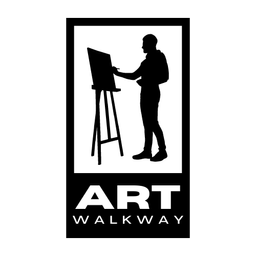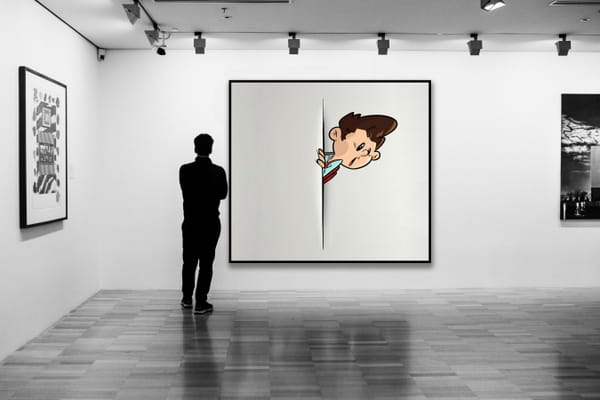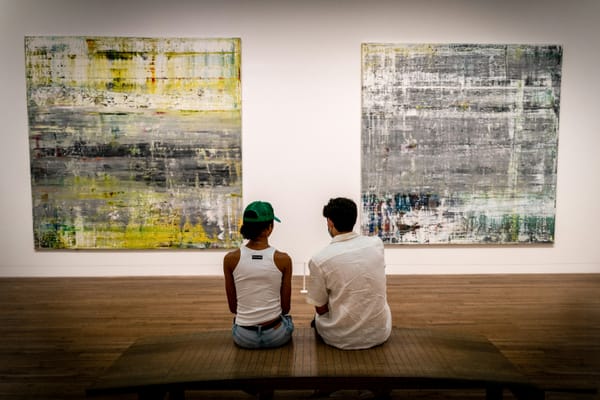AI Copyright, Part II: The Line Is Drawn. Now What?
The U.S. Copyright Office just doubled down: no human, no rights. But as the art world floods with AI-generated work, the battle over authorship is far from settled.

The U.S. Copyright Office has made it official: if a machine made it, you don’t own it.
In its newly released report Part 2: Copyrightability, the Office reaffirmed a blunt stance: copyright protection only applies to human-made work. That includes AI-generated images, texts, music, or anything else created by large language or visual models. The reasoning? AI can assist—but not author.
This comes just weeks after the high-profile case involving Stephen Thaler’s AI system DABUS was shot down by a federal court. Now, the U.S. government is sending an even clearer message: only people can claim creative ownership. Machines, no matter how complex, are tools—not creators.
“If authors cannot make a living from their craft, they are likely to produce fewer works,” the Office states in a surprisingly impassioned conclusion.
“Society would be poorer if the sparks of human creativity become fewer or dimmer.”
What Counts—and What Doesn’t
The Office outlines three situations where AI-generated work might still qualify for copyright, but each depends on how much original human expression is involved:
- Assistive use — A human uses AI like a paintbrush, not as the painter. The final output must still reflect individual creativity.
- Expressive input — If you feed your own artwork into an AI system and parts of it visibly shape the result, those elements may still be protected.
- Creative selection and arrangement — If you collage, rework, or restructure AI outputs in a way that’s recognizably your own, your version might qualify.
But just typing a prompt? Not enough. The Office was direct: “Prompts alone are not sufficient to warrant copyright protection.”
“The system’s logic is clear. But is it sustainable? Artists are being told to compete with machines they never consented to train. It’s not a fair fight. And the law may be the last defense left.”
Global Split
While the U.S. draws a hard line, other countries are already diverging.
- China says whoever uses the AI is the author.
- The U.K. still recognizes computer-generated works without a human author under older laws.
- Japan weighs the amount of human control in each case.
- The EU is leaning toward stricter standards, requiring “significant” human input.
As Part 2 makes clear, there’s no global consensus—yet. But the U.S. position is now among the most conservative.

Why This Matters Now
This is not an abstract policy debate. The art world is already living through the consequences.
Last month, Christie’s sold over $700,000 worth of AI-generated art despite protests from thousands of artists. Meanwhile, AI models continue training on millions of copyrighted works—without permission, credit, or compensation.
What happens when artists can’t protect what they create, but machines can replicate it at scale? What happens when the market rewards speed and scale over originality?
And what does it mean when governments say that the brush must be held by a human hand—but the hand feeding the AI doesn’t count?
Coming Next: The Real War
The Office has promised Part 3 of its AI report later this year. That one will cover the most explosive question of all:
Is it legal to train AI models on copyrighted works without a license?
It’s not about who owns the output. It’s about who owns the input.
And if artists win that fight, the future of AI creation may shift dramatically—from open floodgates to tightly guarded borders.
Until then, the market may keep buying AI art, but legally speaking, it’s playing with smoke. For now, the brush belongs to the human. The rest is just noise.
Read Part I and Part II of the U.S. Copyright Office's report.
More on this story as it unfolds.
ART Walkway News






